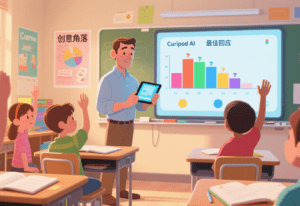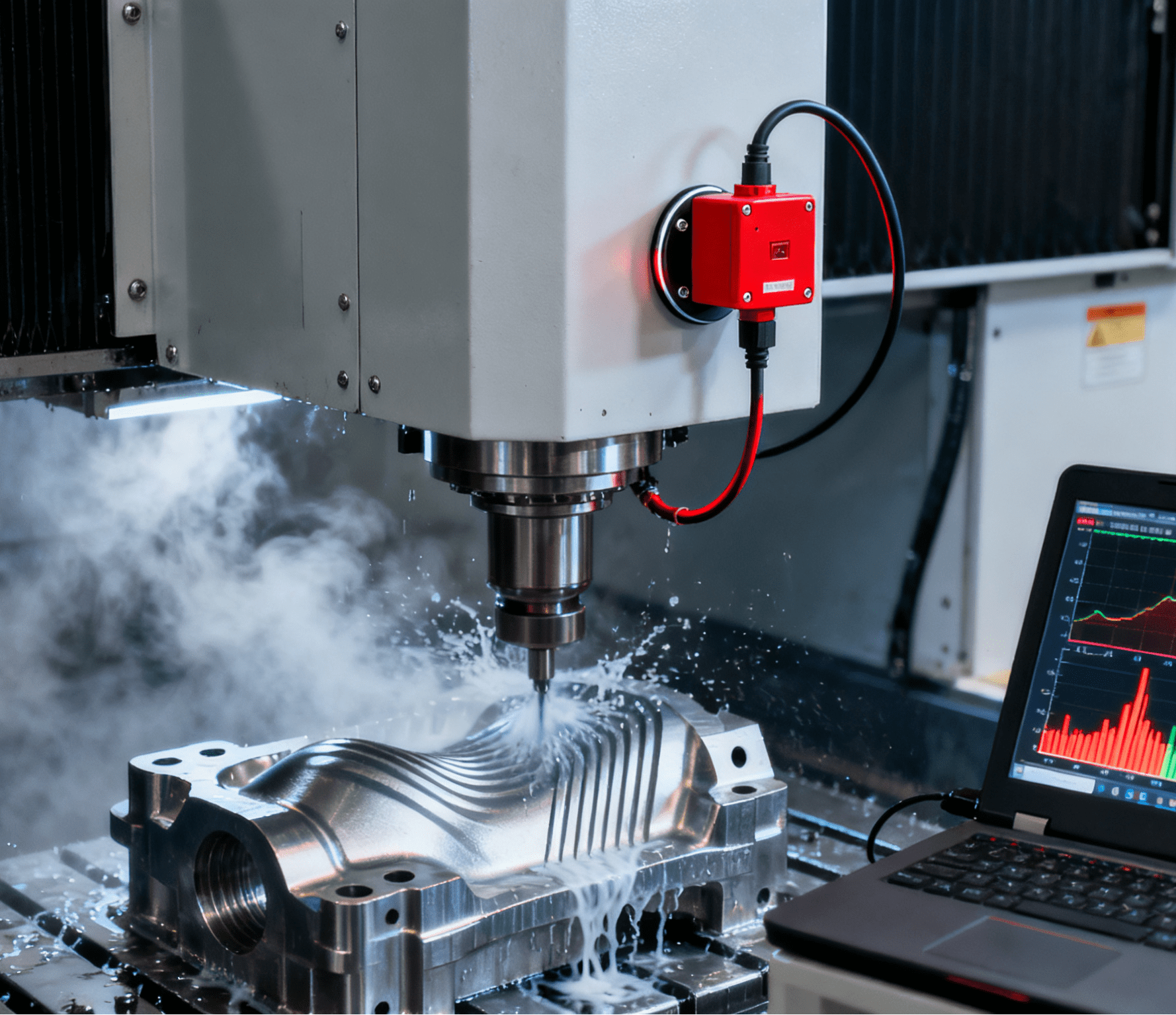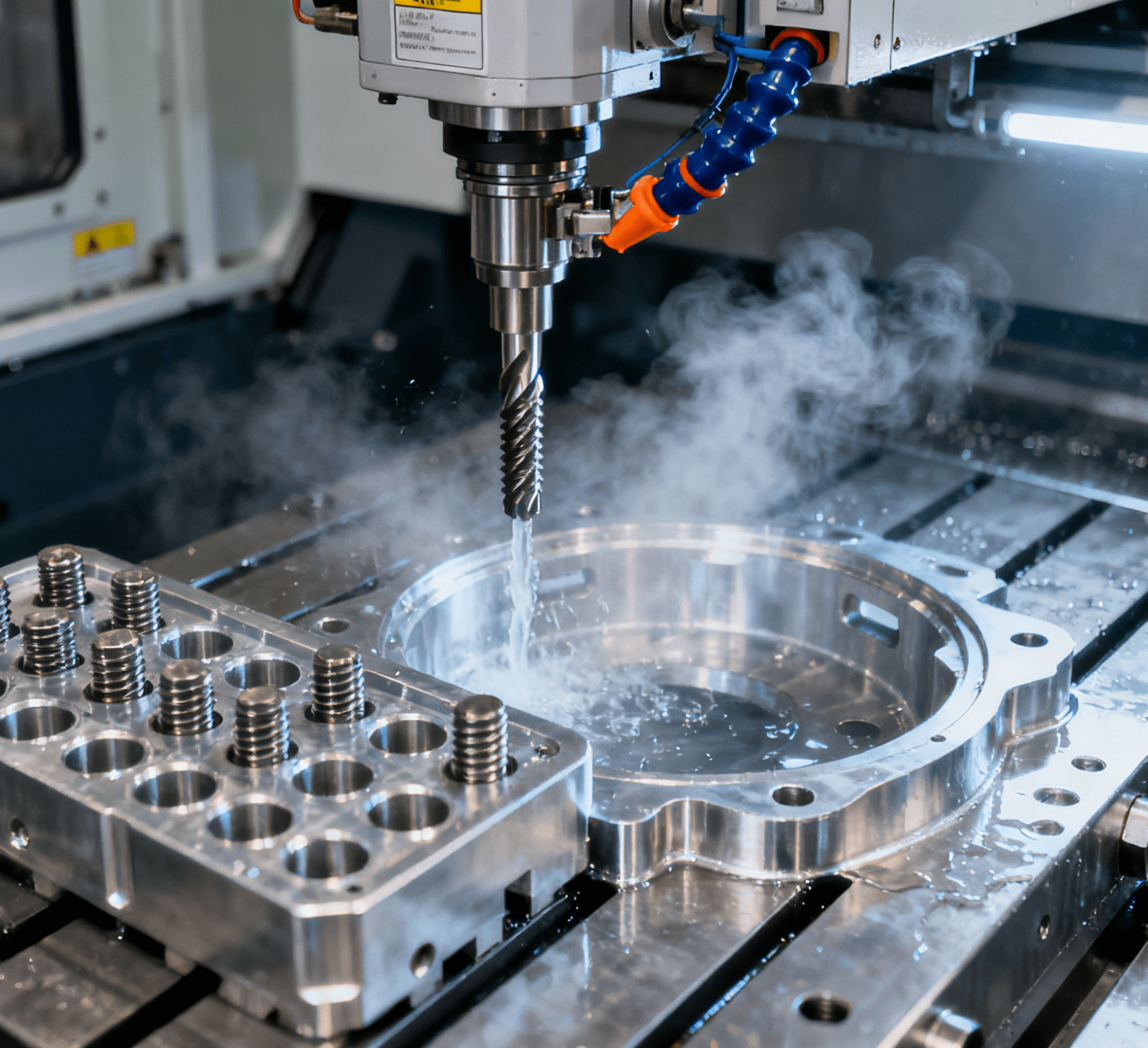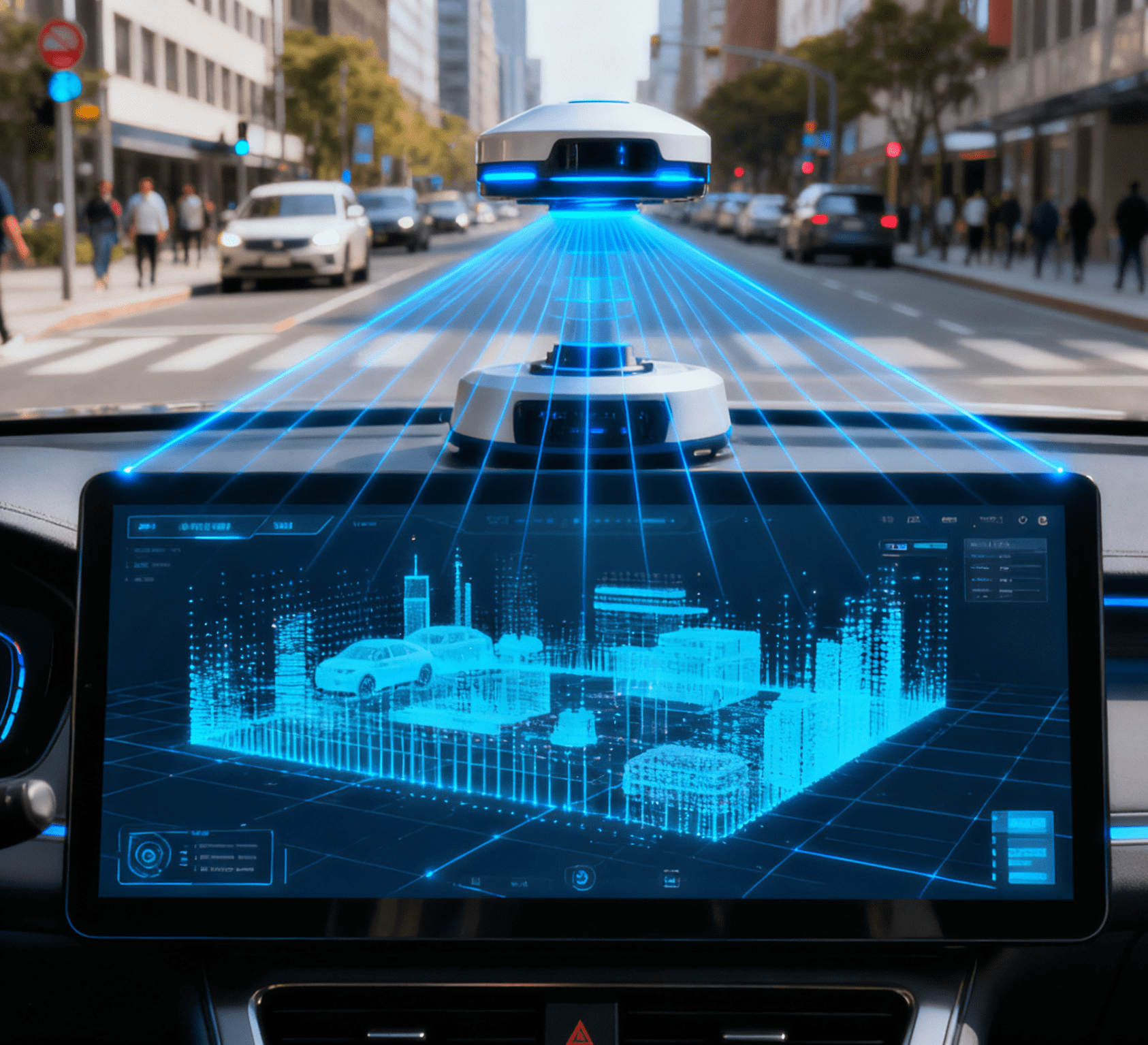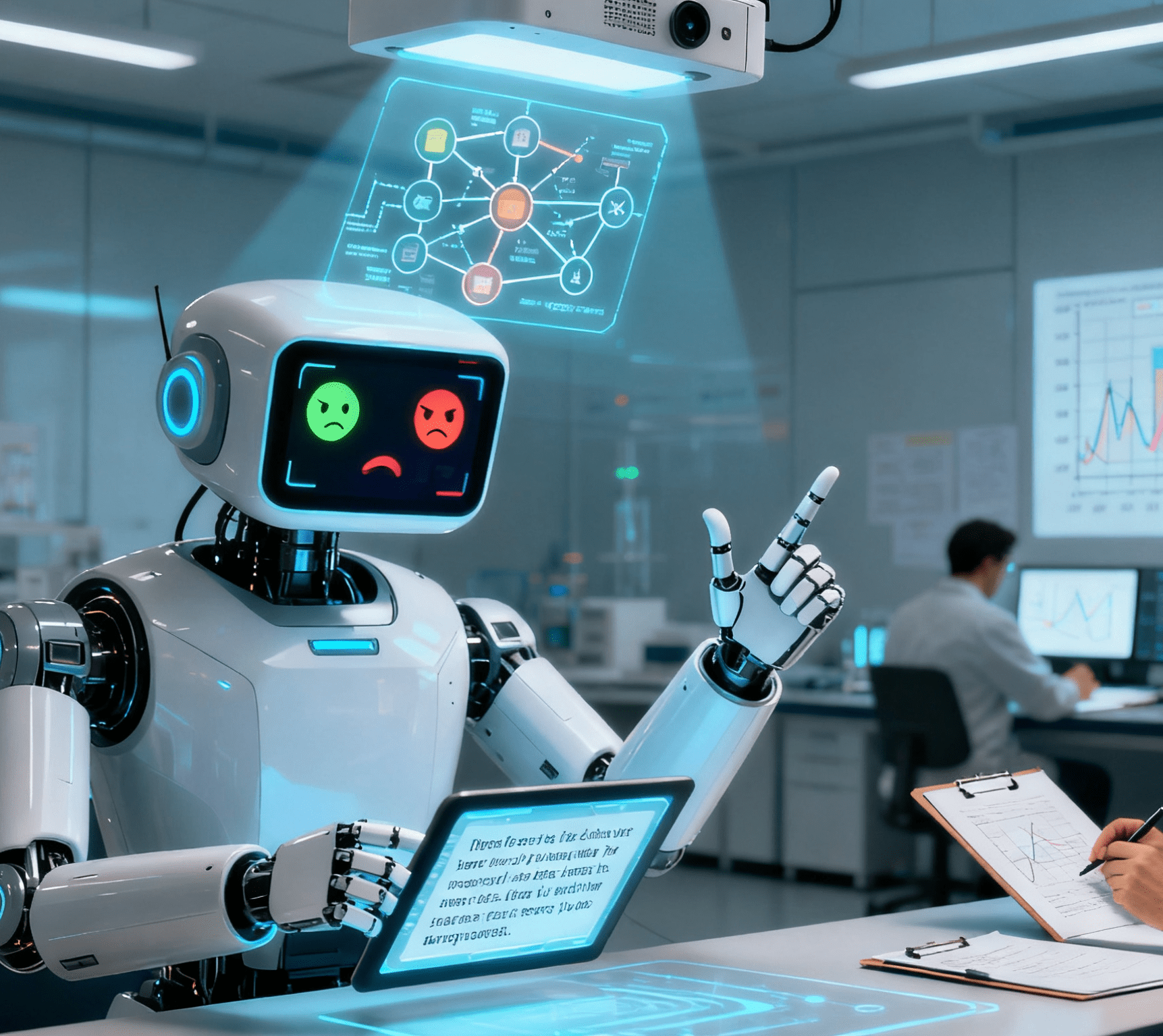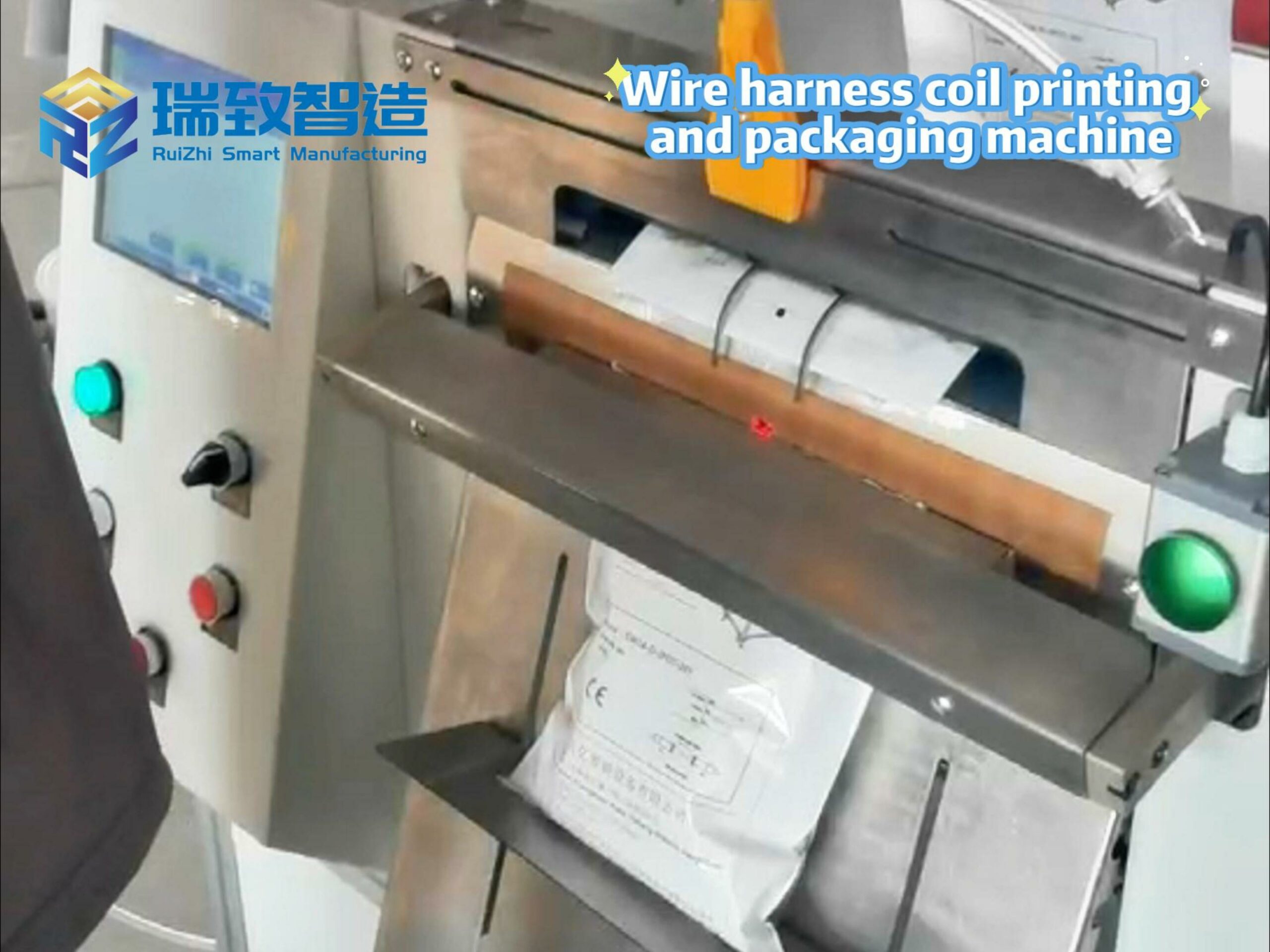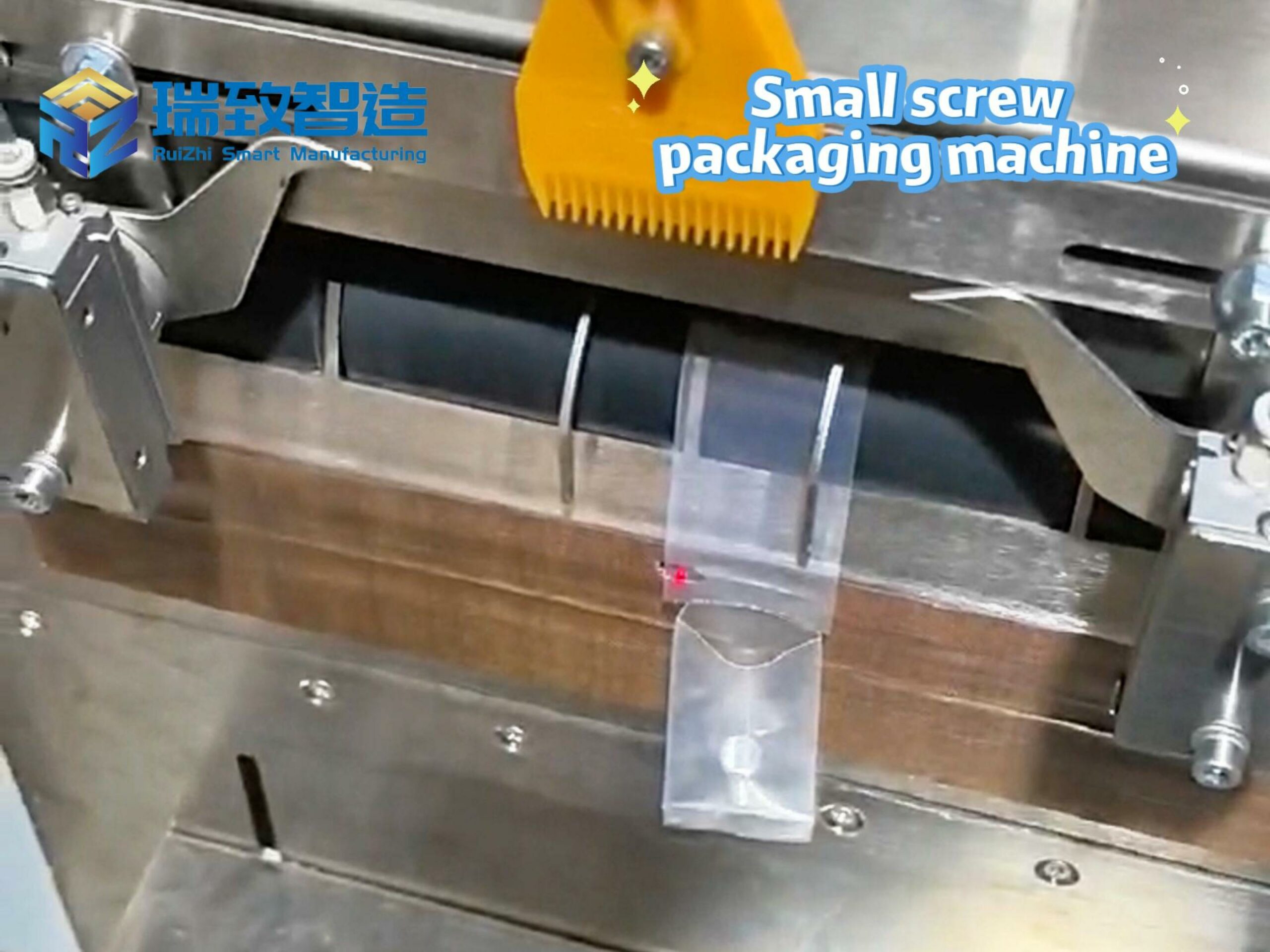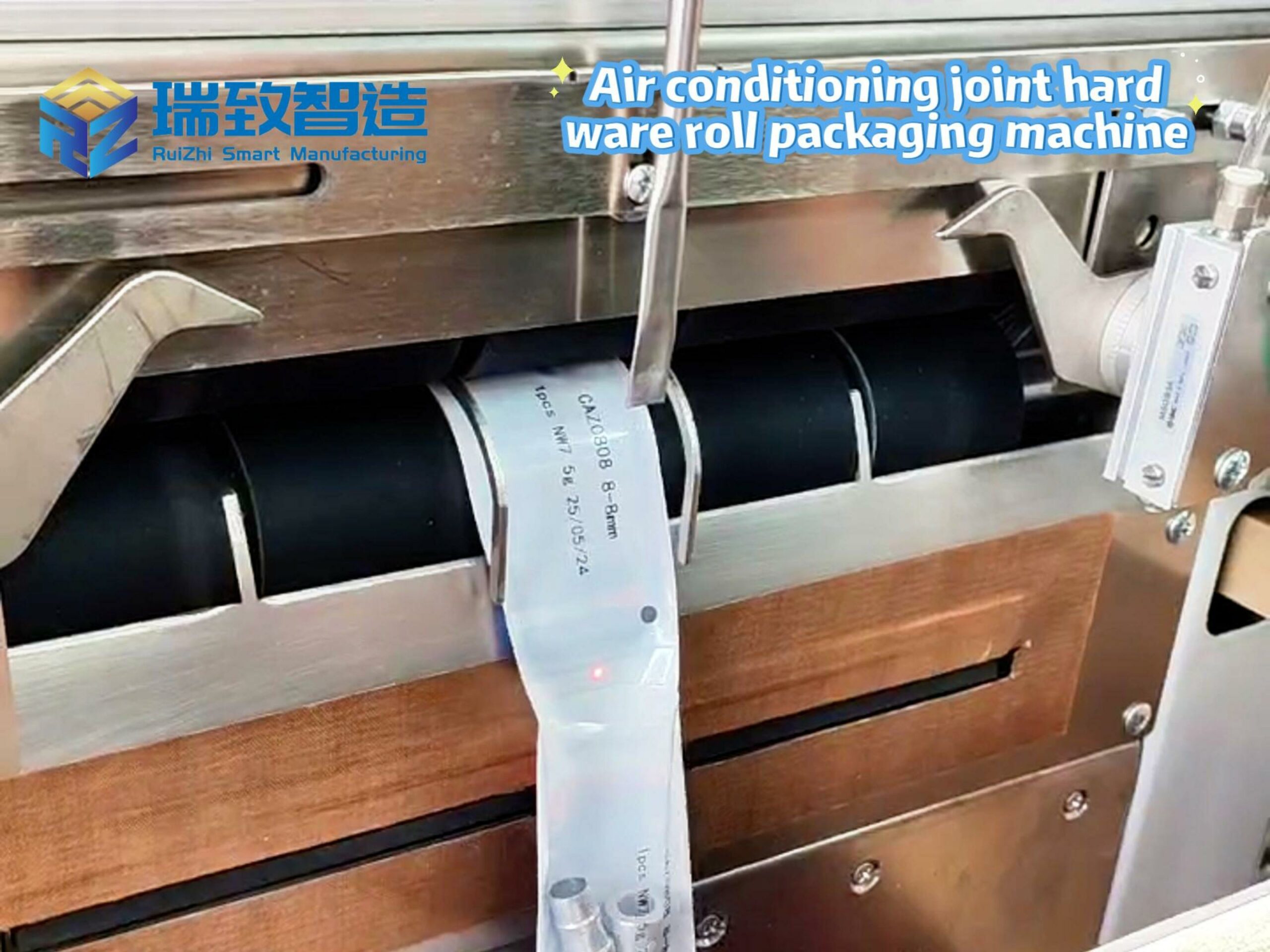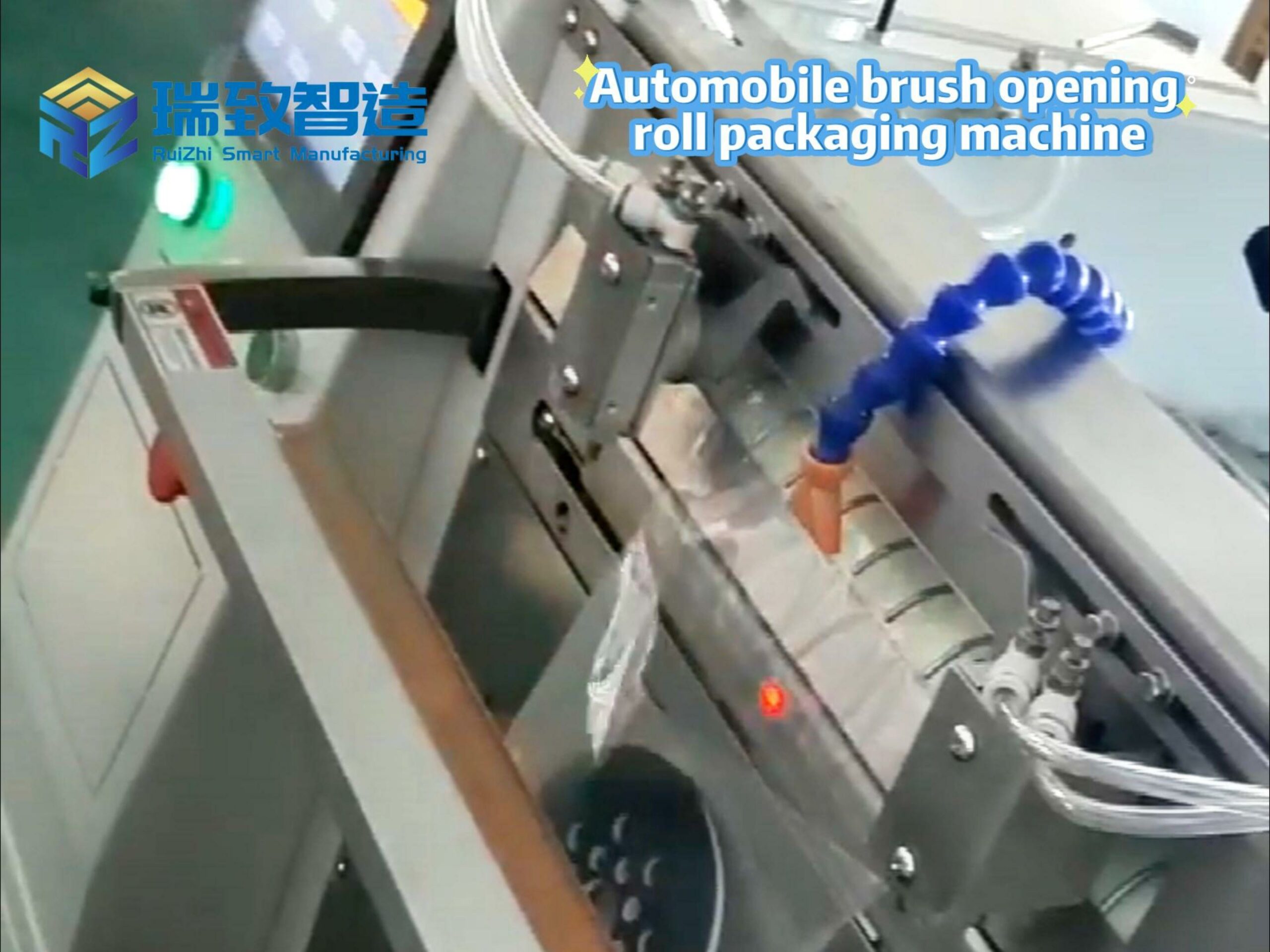Across Wisconsin classrooms, a quiet transformation is unfolding: artificial intelligence, once a distant concept in education, now sits alongside textbooks and whiteboards, prompting teachers to rethink how technology shapes learning. For educators here, the task isn’t just adopting AI—it’s weaving it into lessons in a way that enhances, rather than replaces, the human core of teaching. And while the tool is new, the challenge of balancing innovation with timeless educational values is one they’ve navigated before.
Darlington Elementary/Middle School science teacher Mark Acherman has been teaching for more than 30 years and has seen how computers, the internet and smart phones have become widespread in schools. To him, AI is just the next technological iteration.
“As a teacher, technology has always allowed me to become more creative and a more engaging teacher,” Acherman told WPR’s “Wisconsin Today.” “We have to figure out how we can incorporate (AI) while still doing so many of the other things that are important for students to learn.”
He’s embracing the technology for his classroom, using an AI tool called Curipod to make his lesson plans more interactive for his fifth- and sixth-grade students.
Acherman said when students submit responses for questions in the app, they can vote on who had the best answer, which pushes them to be more creative. It also analyzes their written work and suggests areas for improvement.
His innovation and creativity is part of why he was named one of five Wisconsin Teachers of the Year for 2026 by the state Department of Public Instruction.
Another recent Teacher of the Year honoree is taking a similar, open-minded approach to AI in the classroom.
Brian Counselman teaches science at Malcolm Shabazz City High School, an alternative school in Madison focused on project-based learning.
He told WPR that he sees students being motivated by technology, and teachers can find more success leaning into that rather than avoiding it.
“When you look at things like homework or assignments, I think it challenges teachers in a really healthy way,” Counselman said. “That’s often finding those real, authentic moments where students are really digging into and experiencing things real time, working with people face to face.”
A Teacher of the Year winner for 2025, Counselman said the emphasis is on advancing students’ “depth of knowledge,” progressing from the basic memorization of a fact to understanding how an idea works, why it is the way it is and how else it can be applied.
A lot of that comes by assessing students through their self-reflections and synthesizing the concepts they’re learning by applying it to their own personal experiences.
“Sure, you can look something up, you can look up a fact,” Counselman said. “But what the AI tool can’t do is reflect on how you engaged with an experience in or outside of class.”
For Acherman and Counselman, AI isn’t a replacement for teaching—it’s a canvas, a catalyst, a way to free up time to focus on what machines can’t replicate: the spark of a student’s sudden insight, the depth of a face-to-face discussion, the growth that comes from grappling with uncertainty. In Wisconsin’s classrooms, the future of education isn’t about AI or not—it’s about how teachers, with decades of experience and a keen eye for what matters most, turn this new tool into a bridge between technology and the messy, wonderful work of learning. And in that balance, they’re not just teaching students—they’re modeling how to thrive in a world where innovation and humanity go hand in hand.
Which companies produce medical device assembly machines?
Can medical device assembly machines be optimized with artificial intelligence?

